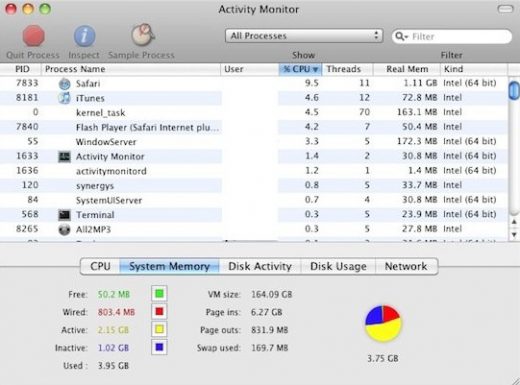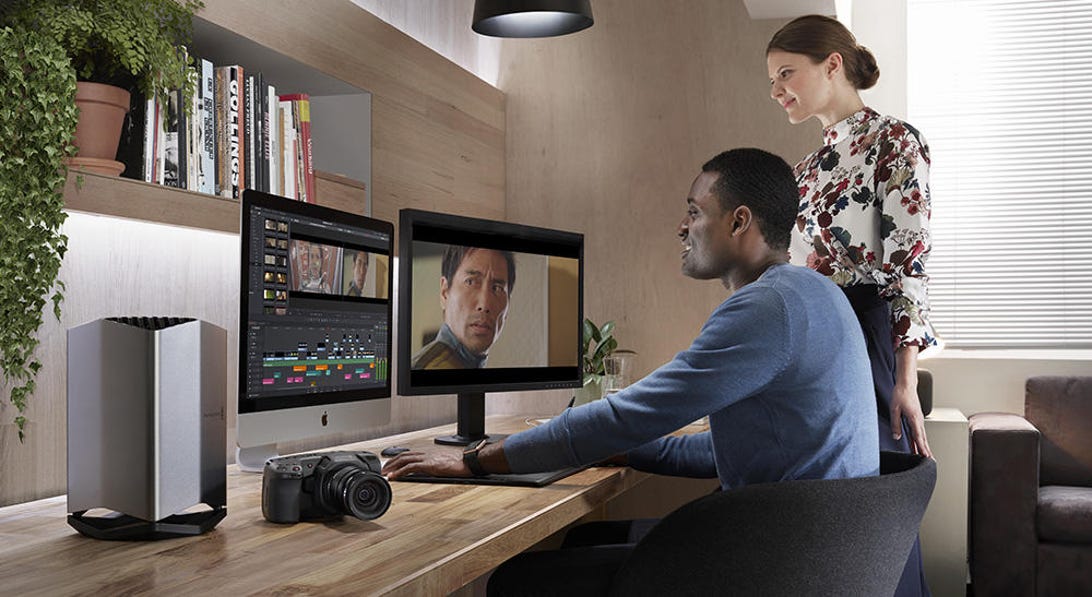

- #BLACKMAGIC DESKTOP VIDEO MAC DISPLAY SETTINGS PRO#
- #BLACKMAGIC DESKTOP VIDEO MAC DISPLAY SETTINGS SOFTWARE#
- #BLACKMAGIC DESKTOP VIDEO MAC DISPLAY SETTINGS PLUS#
- #BLACKMAGIC DESKTOP VIDEO MAC DISPLAY SETTINGS PROFESSIONAL#
For just 1 additional output, the Blackmagic UltraStudio Monitor 3G outputs either HDMI and SDI. Just run SDI to the display, connect the adaptor, and use a short HDMI cable. If your display devices only accept HDMI, SDI to HDMI converters are inexpensive and widely available. We usually recommend SDI as your delivery method, as it is the broadcast industry standard, can be used across long distances, is fairly inexpensive, and has excellent reliability and quality. How many screens you plan to present to and the type of cabling to reach those screens will directly affect what hardware route you take. If you purchase a Mac Mini, it won’t come with some basic accessories. But regardless, if an M1 is powerful enough for your production, you’ll likely still save a lot of money over a Mac configured with Intel’s chipset.ĬOSTS YOU MAY NEED TO PLAN FOR BASIC COMPUTER ACCESSORIES Here is a look at video vs graphic outputs.Īll of this means extra costs to an M1 computer that you may not have needed with an Intel machine. As such, video outputs are not encumbered by the operating system, and the M1 hardware limitations won’t play a role in how many screens you can use.
#BLACKMAGIC DESKTOP VIDEO MAC DISPLAY SETTINGS SOFTWARE#
While the computer recognizes “graphics” outputs as additional desktop displays, the “video” outputs we are speaking of (mostly through Blackmagic Decklink and UltraStudio hardware) are only used by software that is specifically written for them (meaning that the operating system does not treat them as it does graphics outputs).
#BLACKMAGIC DESKTOP VIDEO MAC DISPLAY SETTINGS PROFESSIONAL#
However, as a professional video solution, ProPresenter integrates with some hardware that uses “video outputs” instead of “graphic outputs”. Meaning, you’d only get a total of one external screen that you could connect to your M1-based computer. If your device includes a built-in screen, like an iMac, that counts as one of those screens. That means natively, macOS is only ever going to detect up to two screens. The M1 chips currently only support 2 graphics outputs. Here is where some costs get added back to the equation.

This article is to add more displays than a system officially supports, and the examples listed are based on the original M1 release, which only supports 2 displays.
#BLACKMAGIC DESKTOP VIDEO MAC DISPLAY SETTINGS PRO#
Starting at $2000 and $3500 respectively, the M1 Pro can natively support 3 displays (built-in screen + 2 external), and the M1 Max can natively support 5 displays (built-in screen + 4 external). Update: in Fall 2021 Apple released two new MacBook Pro’s with M1 chips: the M1 Pro and M1 Max. That’s an insane amount of performance for the price!
#BLACKMAGIC DESKTOP VIDEO MAC DISPLAY SETTINGS PLUS#
If an organization budgeted $2899 for a new iMac to run ProPresenter on 4 screens plus live streaming, now the same scenario can be accomplished on a $799 M1-based Mac Mini. To get similar performance from an Intel Mac is double or even triple the cost of an M1 computer. As an entry-level processor, it performs similarly to the top-end MacBook Pro’s with Intel chipsets, and even competes with many of the larger iMacs for performance.

The first new chip released was the entry-level processor called the M1, and it honestly lives up to the hype.

In late 2020, Apple released the first set of computers made with their own processors, dubbed “Apple Silicon”.


 0 kommentar(er)
0 kommentar(er)
